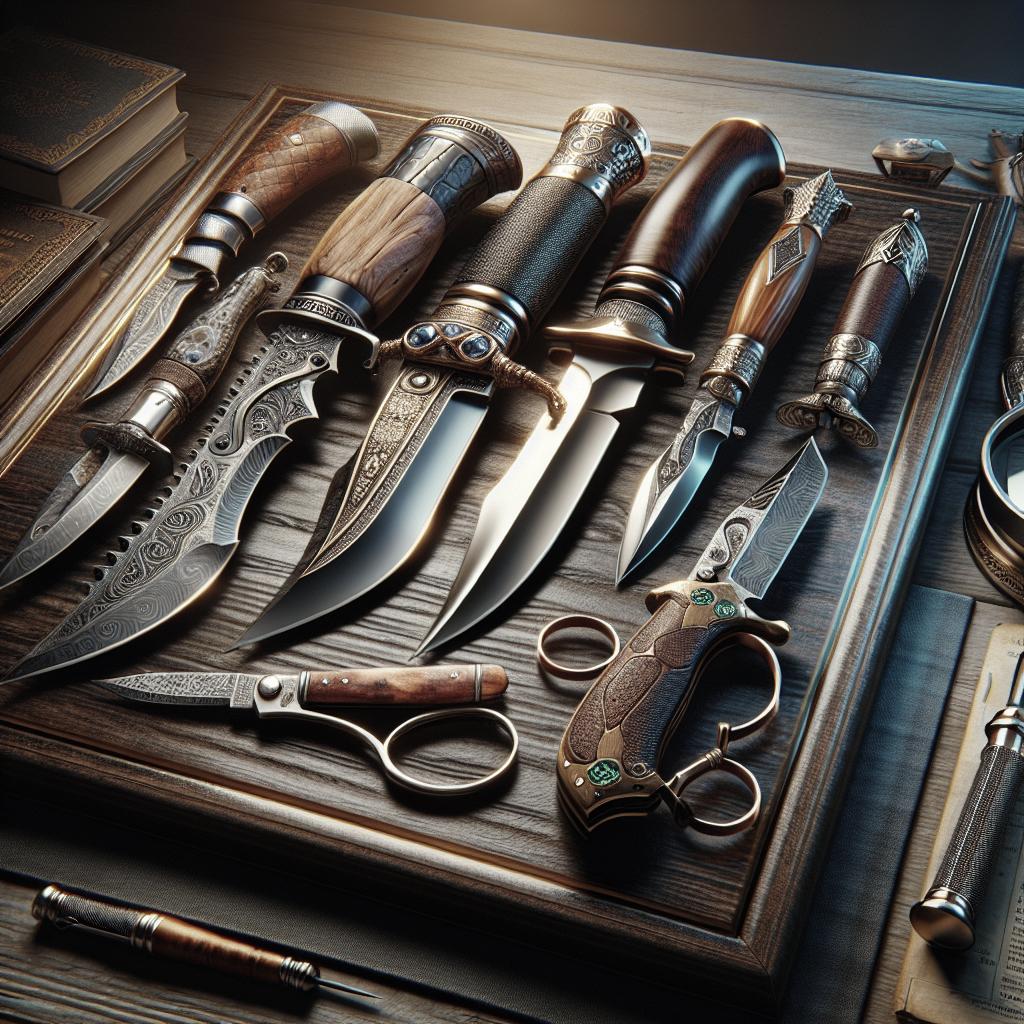Buying Guide for Kitchen Knives
Choosing the right kitchen knife can transform your cooking experience, bringing precision, ease, and joy to meal preparation. This guide breaks down the essential considerations when purchasing a kitchen knife, ensuring that you find the perfect fit for your culinary needs. We cover the significance of design and material, dive into the nuances of blade design and steel types, and shed light on the unique advantages of laminated steel blades. Additionally, we explore the differences between chisel ground and double-bevel blades, culminating with a discussion on pricing. This comprehensive guide equips you with the knowledge to make an informed decision, ultimately enhancing your kitchen prowess.
Design and Material
The design of a kitchen knife significantly impacts its functionality and comfort. When selecting a knife, consider the weight and balance, as these factors influence your control and precision. A well-designed knife should feel like an extension of your hand, offering a seamless cooking experience.
Material choice is crucial, as it determines the knife’s durability and performance. Stainless steel is popular for its resistance to rust and corrosion, while carbon steel is favored for its sharpness and ease of honing. Modern knife makers also employ advanced ceramic blades, praised for their sharpness-retention.
General Rules in Choosing the Blade Design
When selecting a blade design, consider the primary tasks you’ll perform: a chef’s knife is versatile, perfect for chopping, dicing, and slicing. Meanwhile, a paring knife is ideal for intricate tasks like peeling. Understand the function each knife serves to make an informed choice.
Blade length also matters; longer blades facilitate slicing large produce, while shorter blades offer precision. A knife collection that includes a range of blade designs can cover all your culinary needs, each offering distinct advantages for specific tasks.
Basic Differences Between Different Types of Steel
Steel composition greatly influences a knife’s performance and maintenance needs. High-carbon steel is acclaimed for its edge retention but demands careful cleaning to prevent rust. Stainless steel, with chromium content, provides ease of maintenance by resisting corrosion, though it may require more frequent honing.
Powder-metallurgy steels represent the pinnacle of modern knife making, combining high wear and corrosion resistance with the ability to hold an exceptionally sharp edge. Understanding these differences aids in selecting the steel that matches your lifestyle and maintenance preferences.
Advantages of Laminated Steel Blades
Laminated steel blades offer a fusion of the best properties from different metals. They combine a hard core with softer, more flexible outer layers, which provides exceptional edge retention while reducing brittleness. This construction allows for knives that stay sharp longer and are less prone to chipping.
The layered structure also creates a visually striking pattern, often seen on high-end knives, making them a functional yet elegant addition to any kitchen. Their unique blend of aesthetics and durability makes them a favorable choice for both professional chefs and home cooks alike.
Chisel Ground or Double-Bevel Blade
Chisel ground blades feature a single bevel, creating an asymmetric edge that excels at precise cuts and is common in Japanese cutlery. This design allows for excellent sharpness, though it requires specific sharpening skills to maintain properly.
In contrast, double-bevel blades are symmetrically sharpened on both sides, offering uniform slicing and increased versatility. This design is easier for most people to maintain, making it a practical choice for everyday use within diverse culinary applications.
Price
The price of kitchen knives can vary significantly, reflecting differences in material, craftsmanship, and brand reputation. While higher-priced knives often offer superior performance and longevity, there are affordable options that meet essential cooking needs effectively.
Consider the level of culinary involvement and budget when investing in knives. Invest in quality where possible, but remember that a moderate-priced knife with good maintenance can serve well for years. Finding a balance between cost and quality ensures that you gain the best value for your investment.
Lessons Learned
| Criteria | Considerations |
|---|---|
| Design and Material | Balance, weight, material (stainless steel, carbon steel, ceramic) |
| Blade Design | Task-specific use, blade length preferences |
| Steel Types | High-carbon, stainless steel, powder-metallurgy |
| Laminated Steel | Edge retention, aesthetics, durability |
| Blade Bevels | Chisel ground (single bevel), double-bevel |
| Price | Budget considerations, quality vs. cost balance |


